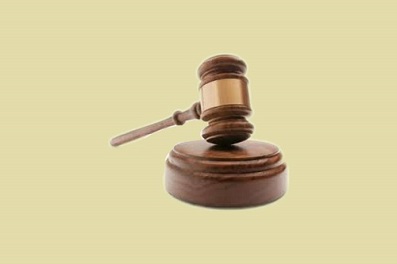CRAAP Evaluation - Try Best Content for Thesis

The CRAAP Test is a test to check the reliability of sources across academic disciplines.
CRAAP Acronym use for Currency, Relevance, Authority, Accuracy, and Purpose. Go with the craap test and solve the test to check the authority of your content.
Due to the vast number of sources existing online, it can be difficult to tell whether these sources are trustworthy to use as tools for research.
What is CRAAP?
Currency: The timeliness of the information
 Key Question: When was the item of information published or designed?
Key Question: When was the item of information published or designed?
Resolving when an item of information was issued or produced is an aspect of evaluating information. The question of a most current version of information versus an original or original version can be a critical one.
For example: If you were preparing a project on the remainder of customers in car collisions, you would need the most current information on machine crash tests, the basic strength of materials, car wreck mortality statistics, etc. Key indicators of the currency of the information are: date of copyright date of publication date of revision or edition dates of sources cited date of patent or trademark.
Relevance - The relevance of the information for your needs
 Key Question: How does this source contribute to my research paper?
Key Question: How does this source contribute to my research paper?
The determination of suitability above is essentially the same thing as relevance. Information sources with large, simple coverage mean that you need to find other sources of information to obtain enough details about your topic.
Knowledge sources with a very small focus or a clear preference mean that you need to find new sources to obtain information on other aspects of your topic.
Some questions to consider are: Does the information compare to my topic or answer my question? Who is the expected audience? Is the information at an appropriate level (i.e. not too simple or advanced) for my needs?
Authority - The source of the information
 Key Question: Is the person, corporation, or institution responsible for the intellectual content of the information knowledgeable in that subject?
Key Question: Is the person, corporation, or institution responsible for the intellectual content of the information knowledgeable in that subject?
Anyone can obtain an affirmation or a comment about something, event, or idea, but only someone who knows or understands what that thing, event, or idea is can make a rationally reliable statement or assertion about it.
Some external indications of knowledge of or expertise are: active responsibility in a subject or set by serious learners who spend large amounts of special time investigating and studying that subject area. companies, agencies, institutions, corporations with active involvement or work in a particular subject area.
Accuracy - The reliability, truthfulness, and correctness of the information
 Key Question: How free from failure is this piece of information?
Key Question: How free from failure is this piece of information?
The more an idea, opinion, or other piece of information varies from the accepted point of view on a particular topic the harder it is to verify its accuracy. It may be entirely accurate but corroborating it is both more necessary and more difficult. An important feature of accuracy is the intellectual integrity of the item. Are the sources properly cited in the text and placed in the references?
Are references cited correctly and in context? Out of context quotations can be misleading and sometimes completely wrong. Are there distortions, omissions, or errors? These are difficult to identify if you use only one source of information. Always use several different origins of the information on your topic.
Explaining what different sources say about a topic is one way to understand that topic. In addition to errors of fact and honesty, you need to watch for errors of logic.
Purpose -
The reason the information exists
 Key Question: Who is this information is written for or this product developed for?
Key Question: Who is this information is written for or this product developed for?
Are they trying to convince? Do they show any bias? While it is unlikely that anything humans do is ever completely objective, it is important to confirm that the information you expect to use is fairly objective, or if it is not, to establish exactly what the point of view or bias is.
For example, items produced for educated or expert audiences are generally produced by experts and go through a peer evaluation process. Items produced for the mass market generally are not produced by experts and generally do not go through an evaluation process.
Some indications of the intended audience are: highly technical language, complex analysis, very sophisticated/technical tools can indicate a technical, professional, or scholarly audience how-to information or current practices in “X” are frequently written by experts for practitioners in that field substantive and serious presentations of a topic with not too much technical language are generally written for the educated lay audience .
Conclusion
It is generally accepted that the current information aspect places an increasing burden on the information consumer. The lack of editorial control in a web environment, coupled with personalized search engine results and filter bubbles of disinformation on social media makes obvious the need for keepers to grow our guidance to teach and encourage lateral, fact-checking behaviors and dispositions.